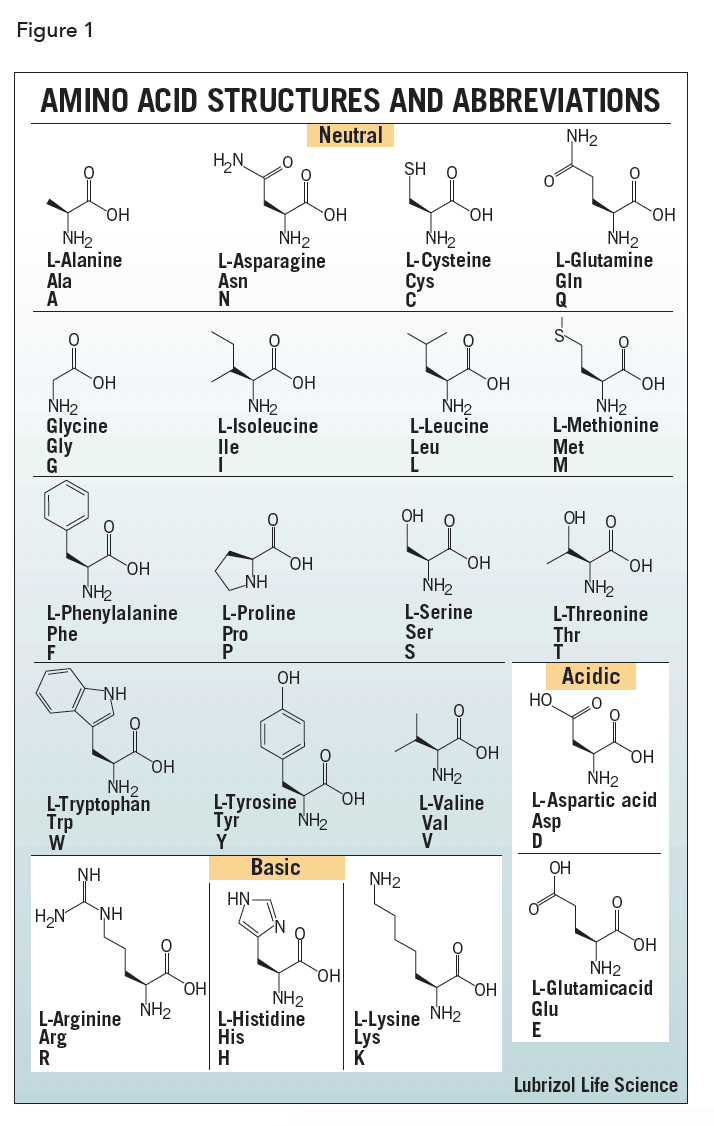
Protein structural biology is a relatively new and exciting field that promises to provide atomic-level detail to more and more of the molecules that are fundamental to life processes. In the second part of this review, we describe the variety of methods biochemists use to uncover the structure and properties of proteins that were described in the first part.

We look at protein dynamics and how proteins can take on a range of conformations and states. We consider the thermodynamics of protein folding and why proteins misfold. We start with the chemistry of amino acids and how they interact within, and between proteins, we also explore the four levels of protein structure and how proteins fold into discrete domains. This article gives the reader an insight into protein structure and the underlying chemistry and physics that is used to uncover protein structure.

The resulting structures are then used to help explain how proteins function. Structural biology is the study of the molecular arrangement and dynamics of biological macromolecules, particularly proteins.


 0 kommentar(er)
0 kommentar(er)
